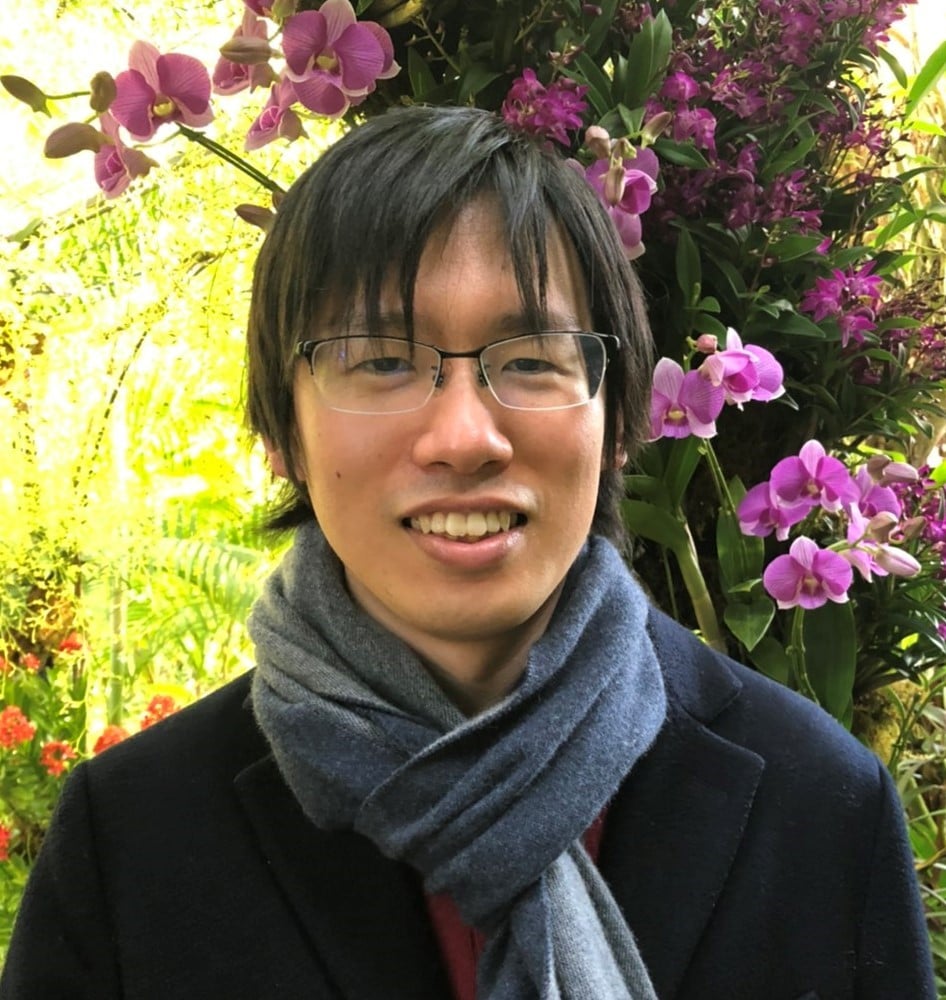Condensed Matter | Best Presentation Awards for “Fluctuations and Highly Non Linear Phenomena in Superfluids and Superconductors 2021”—Winners Announced
We are pleased to announce that the Best Presentation Awards, sponsored by Condensed Matter for “Fluctuations and Highly Non Linear Phenomena in Superfluids and Superconductors 2021” (SuperFluctuations 2021), were granted to Dr. Jonas Bekaert and Dr. Tomohiro Hata. Congratulations!
• “Multigap Superconductivity and Topological States in Gallenene”
Dr. Jonas Bekaert, University of Antwerp

We investigated the electronic properties of gallenene, one of the newest elemental 2D materials, entirely composed of gallium. Using state-of-the-art ab initio calculations we revealed that several gallenene structures are superconducting through the electron-phonon coupling. One of these gallenene phases is isostructural with graphene, and as such, it is the structurally simplest 2D superconductor known to date. Moreover, superconductivity in this gallenene phase has a multigap nature, hosting distinct superconducting gaps associated with different Fermi sheets. Interestingly, we also found gallenene to host a Dirac-type band crossing among its excited states, with topologically non-trivial properties driven by spin-orbit coupling, opening the possibility for interplay with the superconducting state. Strikingly, the superconducting critical temperature of gallenene is in the range of 7 to 10 K, exceeding the critical temperature of bulk gallium from which it is exfoliated. Finally, we demonstrated that superconductivity in gallenene can be further enhanced, up to 18 K, through chemical functionalization with hydrogen.
• “Dissipation and Relaxation Dynamics of Mobile Magnetic Impurity with Rashba Type Spin-Orbit Coupling in an Ohmic Heat Bath”
Dr. Tomohiro Hata, Kochi University

Spin-orbit coupling (SOC) is a relativistic effect that involves spin and momentum and appears in various physical systems, for instance, condensed matter, nuclear matter, etc. It is known that SOC is the origin of many interesting phenomena; in particular, we focus on spin relaxation. In the present work, we try to describe spin relaxation through velocity dissipation by using a microscopic model with SOC. Specifically, we consider a single particle system with Rashba-type SOC that interacts with an infinite number of harmonic oscillators (Caldeira–Leggett type ohmic heat bath) and thus undergoes velocity dissipation. As a result of the numerical simulation, we observe that spin and momentum relaxations occur at the same time and that the strength of SOC is crucial for the direction of the momentum in the final state. Since the spin direction depends on the momentum one, we expect that one can control the spin orientation due to the SOC strength.